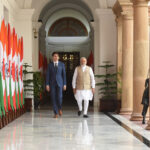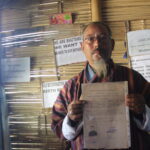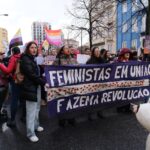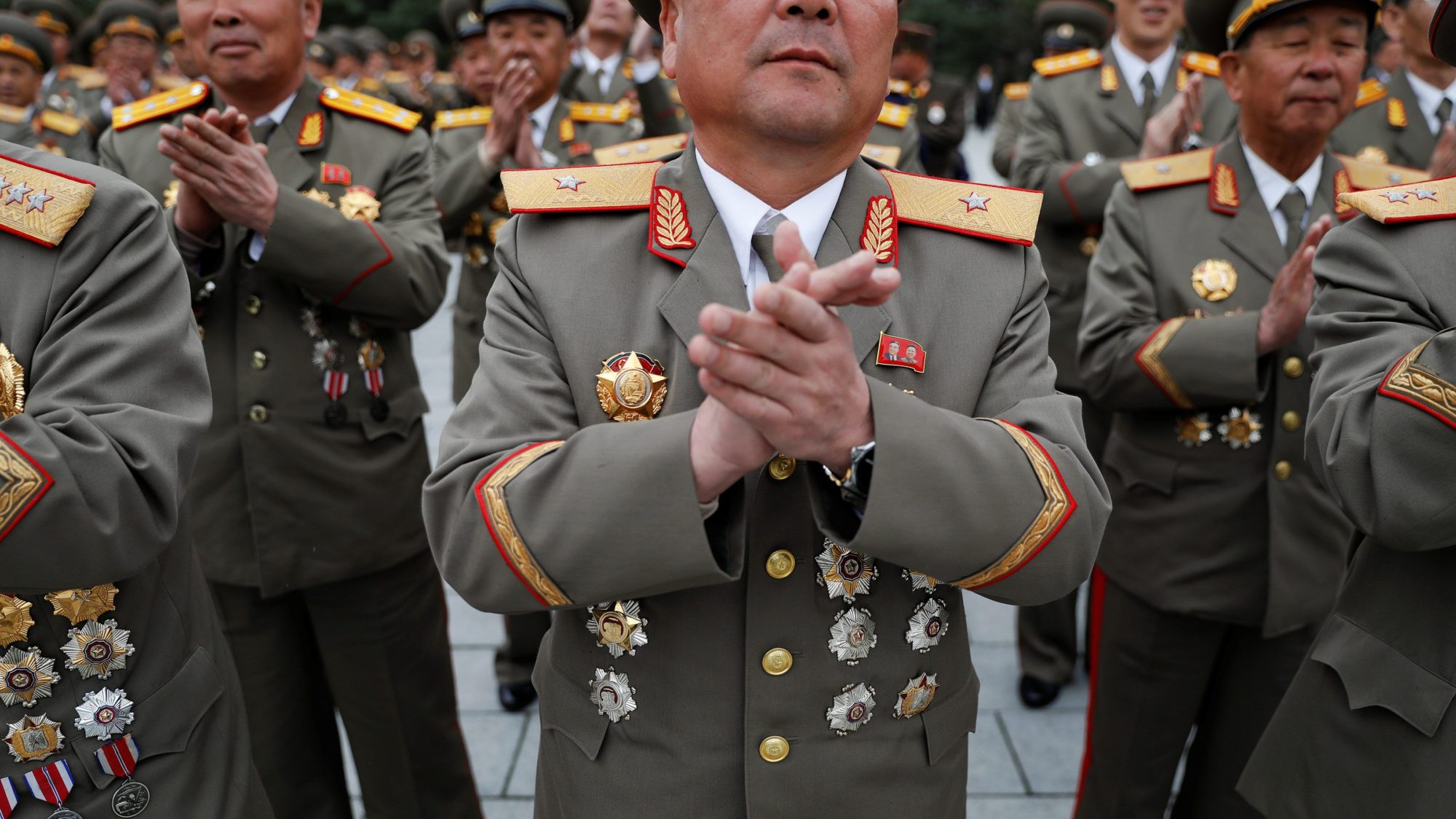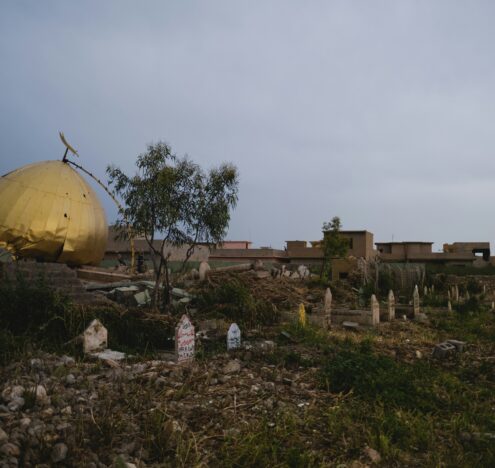In a recent journal article on North Korean provocations, Ashley AC Hess examines the relationship between North Korean (DPRK) actions — labeled as “provocations” — and so-called “trigger events” for these actions by the international community. By examining whether North Korean provocations and international triggers are statistically related, the author argues, governments and policy-makers can make more informed decisions. To date, research-based analysis regarding this question has been sparse, yet various triggering events have been used by analysts in an attempt to explain North Korean provocation. In this article, a provocation is defined as an “intentional military or political action taken by the DPRK for military, political or diplomatic objectives that threatens or is perceived to threaten a third country, such as the USA, causes personal damage to property, and/or is a serious violation of international law.” Trigger events were similarly defined to be actions by the US, its allies, or the international community that threaten, or are perceived to threaten, the DPRK.
The author developed an original data set from 2012 through 2016 (roughly the time of Kim Jong Un’s leadership) which contained 88 North Korean provocations and 257 possible trigger events in different categories. Open source documents, such as newspaper articles, publicly available government documents, and international organization reports, were the sources of information. Provocations were categorized by severity into small, medium, and large and included missile tests with varying degrees of success; negative actions in the Kaesong Industrial Park (a collaborative economic development project between both North and South Korea); detention of US, Canadian, or Australian citizens; cyber-attacks; naval incursions; and military exercises. Trigger events included South Korean (ROK) negative actions regarding Kaesong; DPRK diplomatic initiatives; DPRK holidays or national events; US high-level visits; US-ROK military events or political events; US negative political actions or statements; UN events; or other events identified by DPRK as threatening.
Anecdotal assumptions by government officials, academics, and the media often suggest that the provocations are correlated to the triggers. The research results, however, show that neither North Korea’s choice to engage in provocation nor the level of provocation are strongly correlated with the triggering events. Solely by comparing the basic numbers of 88 examined provocations and 257 examined trigger events, one can see that many of the latter went unanswered. When provocations happened, the data showed that the DPRK was more likely to follow up with additional, although weaker, provocations within a short period of time. The author called this a provocation cycle.
The author suggests that international leaders should consider these findings and reassess possible provocative effects. Importantly, the author notes significant limitations to the study, including the following: no examination of the relationship (if any) between negotiations and provocations (as this was not possible due to the time period examined); missing North Korean domestic-level factors (lack of information on internal issues such as leadership succession, power struggles, and distracting domestic attention from famine); and unreported or underreported provocations (cyber campaigns, border violations, and small-scale military exercises).
CONTEMPORARY RELEVANCE
The danger of war on the Korean Peninsula is high. This is expert opinion, regardless of one’s assessment of who is responsible — whether via provocations or triggering events. The conflict is in a much-needed phase of de-escalation, which began with diplomatic advances by the South and North Korean governments preceding the 2018 Winter Olympics in South Korea and the prospect of a meeting between President Trump and North Korean leader Kim Jong Un.
This study adds clear data that requires analysts and policymakers to reject unproven assumptions about North Korean so-called provocations and what might have triggered them. Especially in the US, triggering events are viewed as positive and necessary acts by the “good guys” and provocations by North Korea are viewed as negative and irrational steps by the “bad guys.” The data shows that, contrary to widely held assumptions, triggers and provocations are generally not linked to each other. Yet policymakers, academics, and the media create those exact links through speculation, which can lead to disastrous outcomes, namely war. More and expanded data to determine possible triggers, possible provocations, and possible reactions is badly needed. By understanding what triggers can cause certain behaviors, a conflict resolution perspective takes all sides into consideration to transform destructive patterns into constructive ones.
PRACTICAL IMPLICATIONS
Conflict resolution requires thorough conflict analysis. Understanding conflict triggers and provocations is part of such analysis. If assumptions prevail over analysis in policymaking, misguided approaches to resolving conflicts are more likely to happen, especially if triggers and provocations are expected to be connected and are assumed to take place in an escalatory manner. This study challenges widely held assumptions about provocations. In a US political context, where preemptively striking North Korea has been justified by National Security Advisor John Bolton, the mere expectation of provocation by North Korea might be the impetus for launching war. Instead, by understanding the historical context we must remember that the Korean War officially never ended and that all events are taking place in the context of a 1953 Armistice.
Conflict resolution perspectives move beyond the parties’ positions (wants) to identify the interests that drive the positions and ultimately rest on underlying needs. So-called provocations then can be examined in context, as opposed to falsely connected to triggers. Regarding North Korea’s position, it is clear that they want a nuclear program. To understand their interest, we must look to what research suggests are the two primary motivators behind the nuclear program: the desire for security and sovereignty in light of the US’ overwhelming military capabilities and the presence of US troops on the Korean peninsula. A permanent peace treaty, a denuclearized North Korea, and/or reconciliation and unification of a divided country are certainly long-term aspirations. Realistically though, we need to understand conflict in its context and at its different stages of escalation.
Lastly, for the conflict to be addressed constructively, it is important to shift away from language that emphasizes blame or wrong-doings on one side. In other words, instead of talking about triggers and provocations, a more nuanced perspective would examine moves and countermoves by all parties.
Published in collaboration with the Peace Science Digest, which summarizes and reflects on current academic research in the field of peace and conflict studies. To subscribe or download the full piece, which includes additional resources, visit their website.




